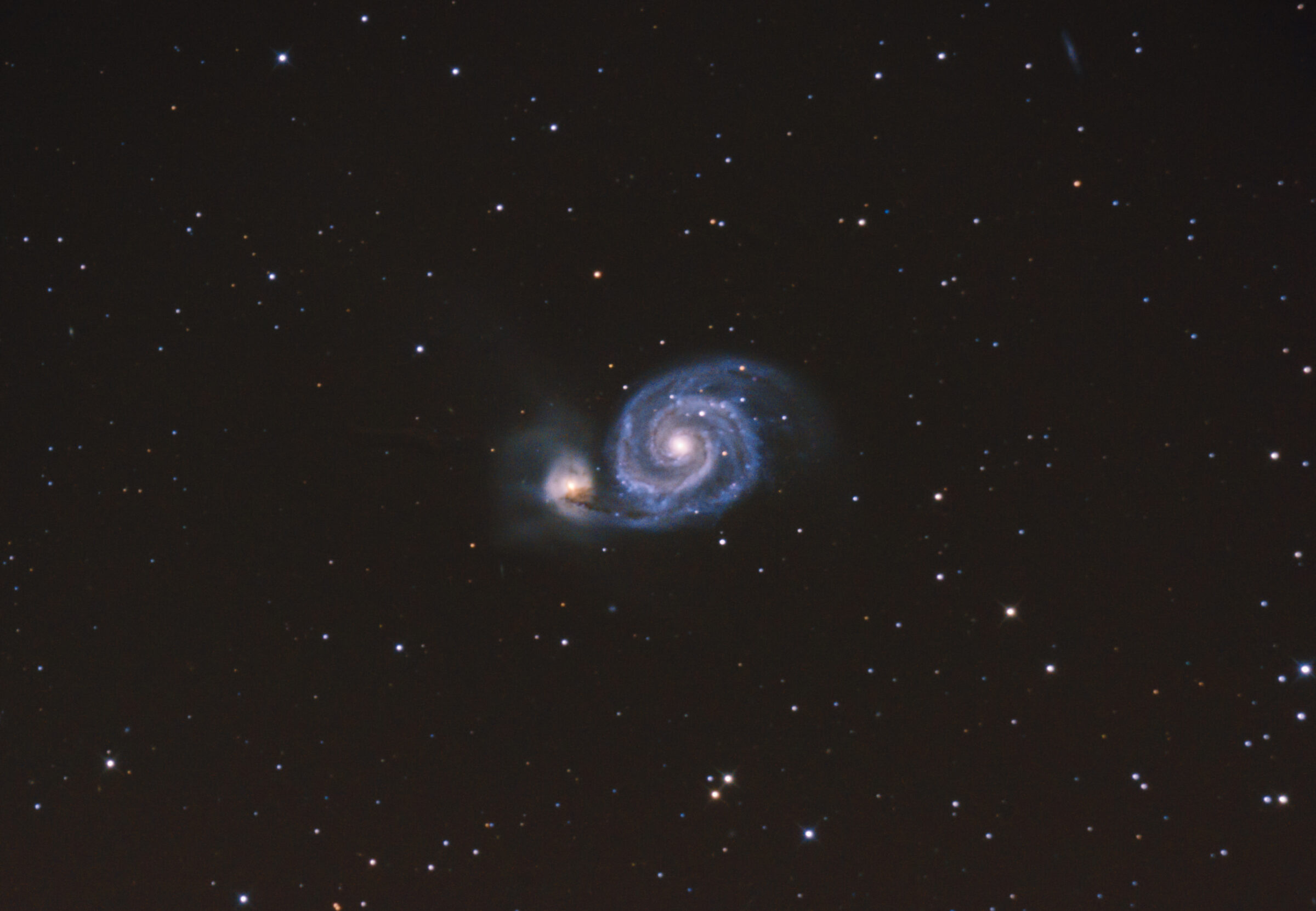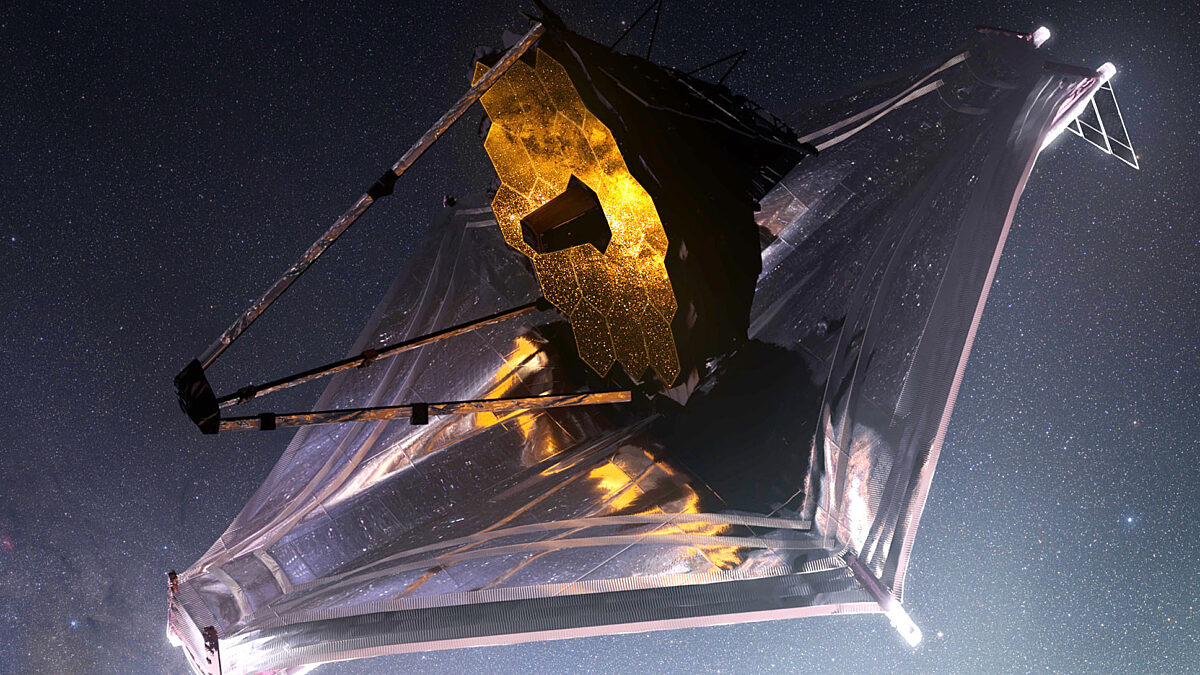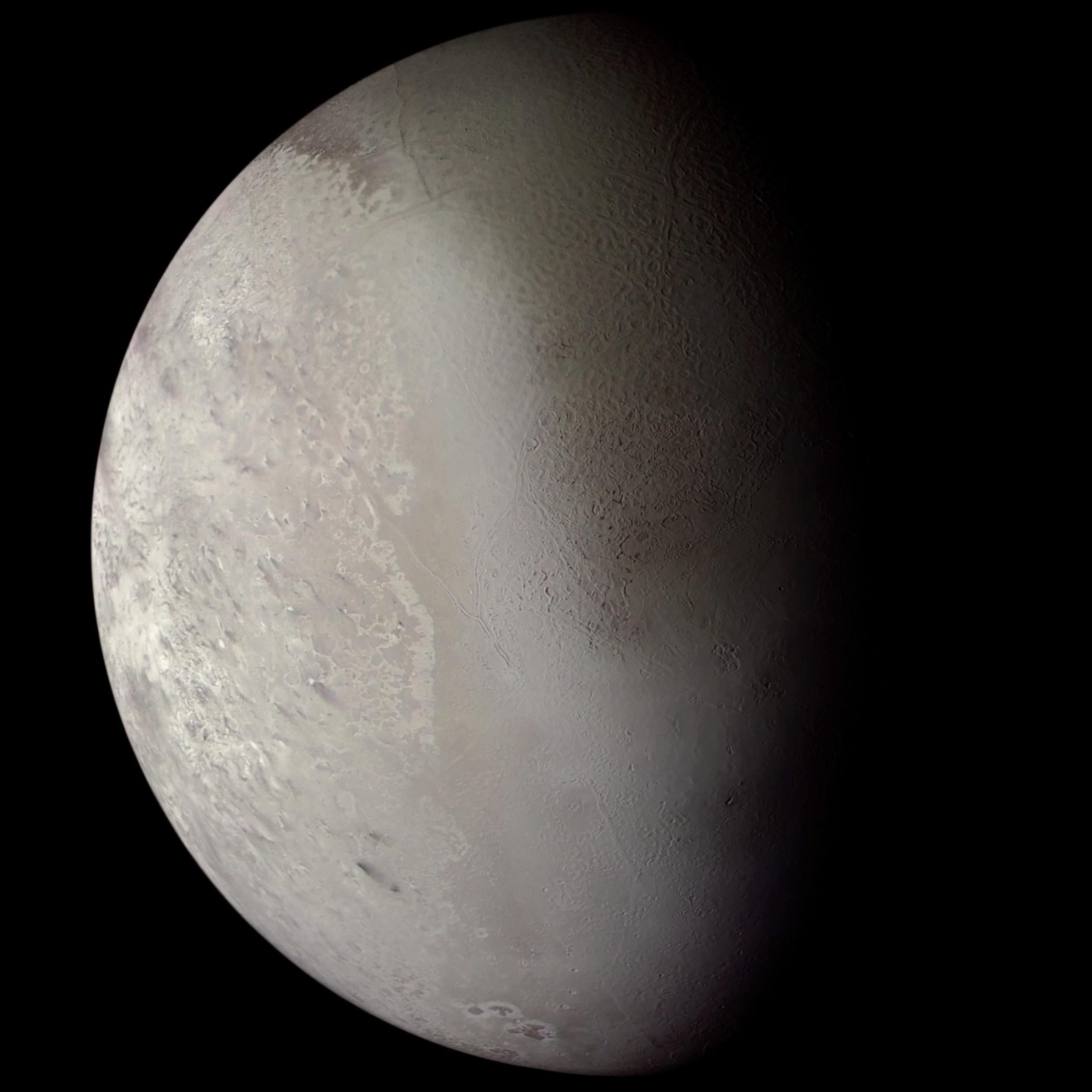
On the Cover: NASA’s Perseverance rover descends on cables toward the surface of Mars in this image captured by its thruster-powered skycrane. The spacecraft successfully completed a nail-biting touchdown on Feb. 18, 2021, kicking off a mission to search for signs of past life and collect samples for return to Earth. Credit: NASA/JPL
Download PDF
Features
December Solstice 2021
Catching the passion with Charlene Anderson
An interview with Charlene Anderson, who served as editor of The Planetary Report from 1980 to 2012.
The year in pictures: Planetary exploration in 2021
The past year as seen through the eyes of space missions across the solar system.
Night Sky Photography for Beginners
An introduction to full-sky astrophotography using a digital camera.
Your impact: December solstice 2021
Our members sent LightSail to the Smithsonian and suggested space gifts for the holiday season.
Your place in space
Doing more together, apart: Highlights from a year of advocating, educating, innovating and collaborating in the virtual world
By Bill Nye, Planetary Society CEO
As has become our tradition, the fourth-quarter Planetary Report looks back on 2021 in pictures. Although these images capture highlights of space exploration, as CEO of The Planetary Society, I’m equally proud of the great strides our organization made during this challenging year thanks to your support.
For a full report on The Planetary Society’s work throughout 2021, go to planetary.org/impact2021.
This year, like so many of you, we mastered the art of working together while being apart. We held our first all-virtual Day of Action, connecting more people than ever with their representatives in the U.S. Congress to advocate for space. Removing the barrier of travel to Washington, D.C. enabled more of you to connect with more of them. While there’s nothing quite like meeting face to face, these virtual meetings were effective. After all, a great many more of us were able to “be there” than in years past.
We also went virtual for our two-day Planetfest ’21, celebrating the landing of NASA’s Perseverance rover on Mars. We’ve held a great many Planetfests and have always loved the energy of a crowded conference hall or dance floor, but by bringing this event to people right at home, we were able to connect members and families from around the world in the excitement of this exploration milestone.
The challenges of space exploration bring out the best in us, and I believe that in a way, the pandemic has done the same thing. By having to find new ways to do familiar things, we’ve learned how to better connect with our members and supporters around this planet of ours, and we’re a stronger Society because of it.
I also can’t look back on 2021 without talking about LightSail 2. After more than two years in orbit, our very own crowd-funded spacecraft is still sailing on sunlight, demonstrating what’s possible technically and expanding our understanding of what’s possible when people unite to turn a vision into reality. LightSail 2’s mission isn’t over yet, and we’re already seeing the next generation of solar sailing spacecraft, like NASA’s NEA Scout, ACS3, and Solar Cruiser, tracing the trail we blazed. As a Planetary Society member, I hope you’re proud of this mission’s legacy. It’s possible thanks to supporters like you.
This past year has been remarkable, and there’s much to be excited about in 2022. Our first announcement: Later in this magazine, you’ll read about Planetary Academy, a new membership program we’re launching for kids to inspire them about their place in space.
Looking back and looking forward, I’m so grateful for members like you who make all this exciting work possible. We couldn’t and wouldn’t do any of this without you.
Members on deck
Members capture the cosmos
We asked our members to send us their best photos of the night sky and celestial objects, and naturally, the responses were delightful. Here is a selection of the images sent to us by Planetary Society members from around the world.




Get involved
Planetary Academy is about to launch!
We are beyond thrilled to announce our first-ever youth membership program: Planetary Academy. This new program, designed for curious kids between the ages of 5 and 9, aims to spark a lifelong passion for space exploration. Every quarter, Planetary Academy members will receive a package from us that includes hands-on activities, experiments, word games, creative projects, images and facts about our solar system and special gifts. Academy members will build their knowledge about the intriguing worlds of our solar system and the spacecraft exploring them. Planetary Academy will go live in spring 2022. Be on the lookout in your email inbox for the official announcement!
The 2022 Day of Action is coming up
Each year, The Planetary Society’s Day of Action brings people from around the world together to advocate for space. In the United States, we arrange meetings for members to speak directly with their representatives in Congress about how important space science and exploration are to them and to advocate for specific priorities in the exploration of other worlds, the search for life and planetary defense. We also create opportunities for people in other countries to take action by advocating for these priorities to their own representatives. No matter where you live, we encourage you to take part in the 2022 Day of Action on March 8. We’ll provide training, talking points and tips on effective advocacy that will help you make your voice heard. If you’re in the United States, you can register to join other U.S.-based advocates in virtual meetings with Congress. Elsewhere, you can sign up to join advocates around the world in a unified call for investment in space. Go to planetary.org/dayofaction to learn more.
Join us for the JWST launch
NASA is almost ready to launch the James Webb Space Telescope. This is right around the time The Planetary Report usually reaches members’ mailboxes, but we wanted to mention the launch just in case you’re reading this before it happens. The launch of JWST is not something you want to miss! The mission has been in development since 1996, and just about every space enthusiast on the planet has been waiting for this launch with bated breath. You can find the official NASA feed of the launch alongside our best resources about the mission at planetary.org.

Give the gift of space
If you celebrate a gift-giving holiday or are just always on the lookout for fun space stuff, you’ll want to check out our annual space gift guide. This year, we asked our members to recommend the coolest cosmic clothing, jewelry, toys, books and more to create the ultimate guide to space gifts in 2021. Go to planetary.org/giftguide2021 to learn more.
What's up?
Early morning planet splendor

By Bruce Betts, Planetary Society Chief Scientist
In the sky
Planets move from the evening sky to the morning sky during this period. In December and into January, in a line low in the west from the horizon up are super-bright Venus, yellowish Saturn and bright Jupiter. Mercury dances past Venus toward Saturn during this period. Reddish Mars is low in the pre-dawn east in December. By mid-January, it is joined by Venus and then briefly in February by Mercury, then Saturn and finally Jupiter in March. The Quadrantids meteor shower peaks the night of January 2-3. The Quadrantids is an above-average shower, and the Moon is new, so moonlight won’t interfere this year. For more night sky tips, you can always check out planetary.org/night-sky.
Random space fact
Triton has over 99% of the total mass of Neptune’s moon system. Triton is thought to be a captured object, and the capture process may have resulted in the elimination of many of Neptune’s original moons.
Trivia contest
Our June solstice contest winner is Chris Mills of Arlington, Virginia, USA. Congratulations! The question was: What is the largest asteroid considered to be a near-Earth object (NEO)? The answer: 1036 Ganymed with a diameter of about 35 kilometers (22 miles).
Try to win a copy of “Astronomy for Kids” by Bruce Betts and a Planetary Radio T-shirt by answering this question: Of the 88 modern constellations agreed upon by the International Astronomical Union (IAU), which is the smallest in area (solid angle subtended)?
Email your answer to [email protected] or mail your answer to The Planetary Report, 60 S. Los Robles Ave., Pasadena, CA 91101. Make sure you include the answer and your name, mailing address and email address (if you have one). By entering this contest, you are authorizing The Planetary Report to publish your name and hometown. Submissions must be received by March 1, 2022. One entry per person. The winner will be chosen in a random drawing from among all the correct entries received. For a weekly dose of What’s Up? complete with humor, a weekly trivia contest and a range of significant space and science fiction guests, listen to Planetary Radio at planetary.org/radio.
Astronomical art
Robin Pleak, “Binary System”

There are some astronomical views that can’t yet be captured by spacecraft instruments. A vista like this one — the surface of a planet orbiting a red giant star with a smaller blue companion — can only be captured by the imagination of an artist. Planetary Society member and space artist Robin Pleak created this spectacular image of a view we know must exist somewhere in the cosmos but that we have yet to see for ourselves. By creating artwork like this, Pleak helps remind us that there is so much more out there to explore.
Do you want to see your artwork here? We love to feature our members throughout this magazine. Send your original, space-related artwork to [email protected].
The Planetary Report • December Solstice 2021
Help advance space science and exploration! Become a member of The Planetary Society and you'll receive the full PDF and print versions of The Planetary Report.


 Explore Worlds
Explore Worlds Find Life
Find Life Defend Earth
Defend Earth





